What is blended learning?
Blended learning is a learning approach that combines traditional, face-to-face instruction with digital learning elements such as online content and resources. It is also known as hybrid learning or blended instruction. Many home tutors are now incorporating this into their teaching routine to make learning more effective.
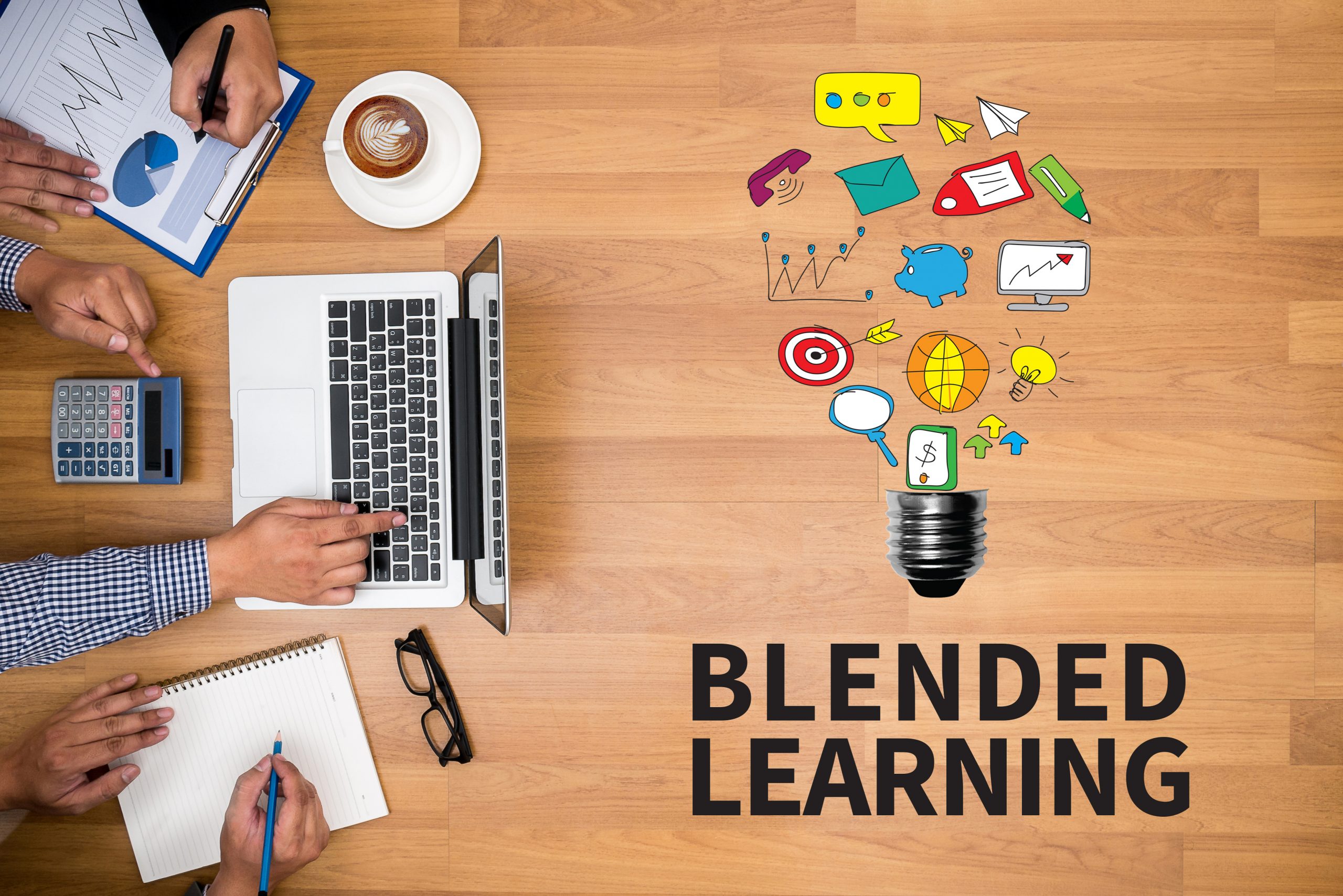
Source: capytech
This type of blended course design offers learners the best of both worlds: the flexibility and convenience of digital tools, combined with the immediacy and personal interactions of in-person teaching.
A personalised experience
Blended learning provides an interactive, personalized experience for students by allowing them to learn at their own pace and access supplemental materials like videos, practice problems, and simulations that are tailored to their needs. Additionally, blended learning can help reduce student stress by providing a more adaptive approach to complex concepts.
Blended learning has had a transformative impact on education by making it possible for teachers to maximize their time in the classroom while providing students with engaging activities that differentiate instruction according to each student’s individual learning style and level.
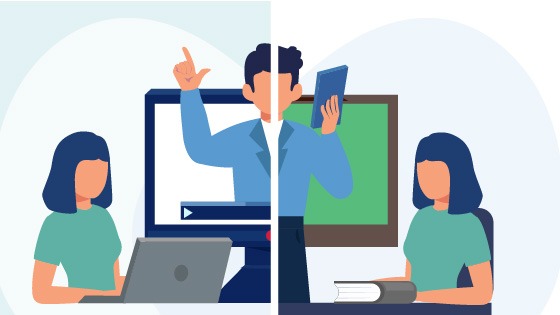
Source: bridge-edu
Classroom environment
This blended approach also allows educators to leverage technology to create a more dynamic classroom environment that promotes student collaboration, encourages active participation within groups, and encourages exploration of topics beyond what could be covered in a traditional lecture-style setting.
Ultimately, blended learning paves the way for personalized instruction in education, equipping students with the knowledge they need to succeed in today’s ever-changing world.
Why is education becoming more and more challenging?
Education is becoming more challenging as the world evolves, requiring students and educators to be able to adapt quickly and innovate in their teaching methods. Blended learning allows for a personalised, flexible approach that helps tailor instruction according to each student’s individual learning style and level.
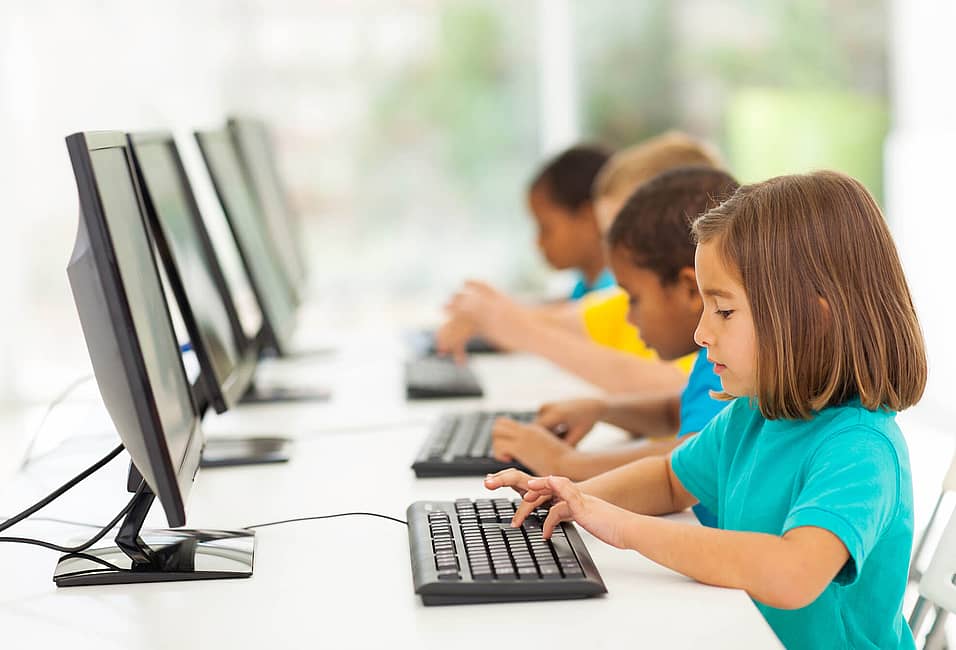
Source: daysoftheyear.com
By utilizing digital tools like online content and resources and traditional face-to-face instruction, blended learning can create dynamic classroom environments that promote active participation within groups, a collaboration between students, and exploration of topics beyond what could be covered in a traditional lecture-style setting.
In this way, blended learning helps empower learners with the knowledge they need to succeed in an ever-changing world.
The downsides of traditional classroom learning:
Traditional classroom learning has several downsides, which blended learning helps to address. In traditional classrooms, the teacher often prescribes the pacing of instruction, making it less likely that students can keep up with lessons or focus on topics they are particularly interested in.
Online education is the new mode of student learning these days. If tutors stick to traditional learning methods instead of incorporating online learning, they will hinder students’ chances of an effective learning process.
Adequate support
Additionally, traditional classrooms may not provide adequate support for students with different learning needs since teachers have limited time to personalize instruction for each student. Furthermore, lectures can be monotonous and unrewarding for many students, leading to disengagement and lower academic achievement.
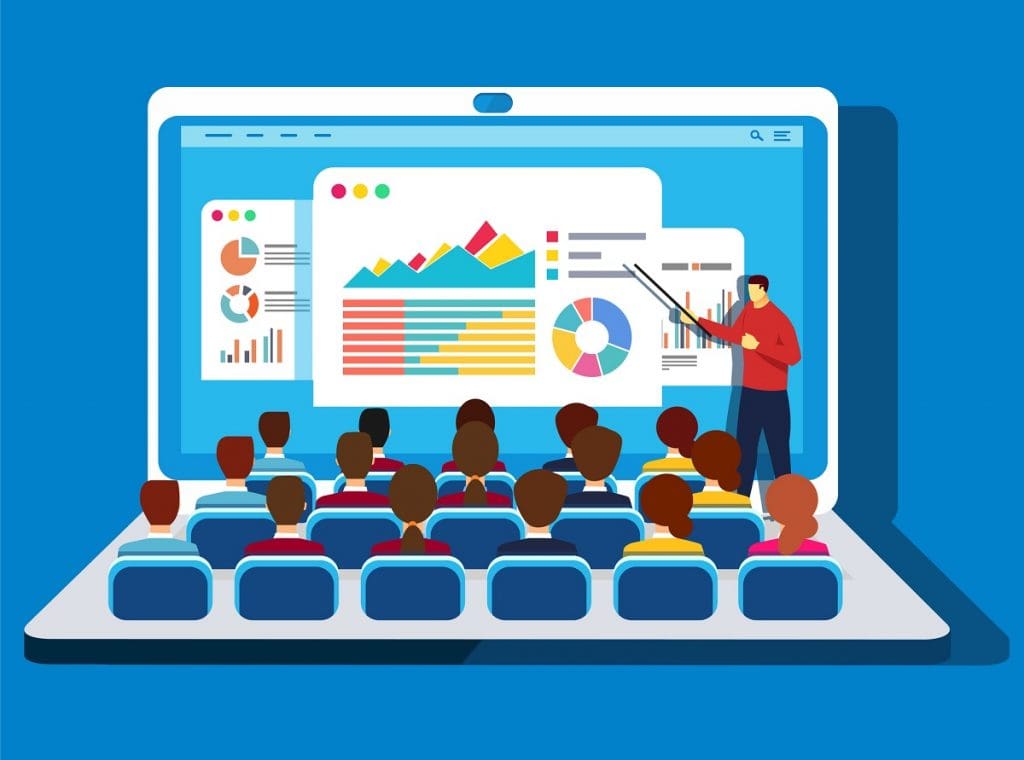
Source: indiadidac-org
By leveraging blended learning techniques such as online content and resources, blended courses can help increase engagement and provide a more customised approach tailored to each student’s individual learning style and level.
Blended learning also provides more opportunities for collaboration between students in real-time or remote settings – making education more interactive and engaging for everyone. Blended learning approach will become the new norm and teachers will find news ways to utilise educational technologies to spice up online learning.
How can blended learning be a benefit in classrooms?
Blended learning offers numerous benefits to both students and educators. The blended approach of combining traditional face-to-face instruction with digital tools allows for more personalized instruction tailored to each student’s needs.
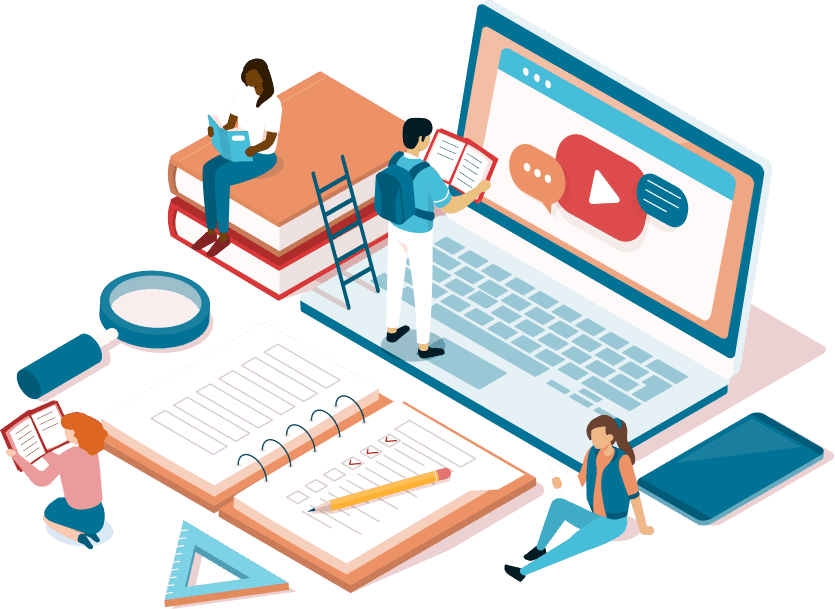
Source: res-cloudinary
Higher education institutions create blended learning environments so students can have a unique learning experience. Individual students may have their own learning process, and the education system has to be flexible enough to accommodate as many blended learning initiatives as possible.
Its transformative potential
Additionally, blended learning provides an interactive experience that encourages active group participation, collaboration between students, and exploration of topics beyond what could be covered in a traditional lecture-style setting. Digital transformation has allowed students’ attitudes towards learning to change drastically.

Source: cambridge-org
Blended learning methods like e-learning, video lectures, online modules, flipped classroom and online courses can help reduce student stress by providing a more adaptive approach to complex concepts. Ultimately blended learning is helping foster an environment for meaningful engagement and successful outcomes for learners of all ages.
What are the impacts that blended learning has had on education?
The blended learning approach has had a transformative impact on education by giving teachers more time to focus on developing meaningful relationships with students while providing students with engaging activities that differentiate instruction according to each student’s individual learning style and level.
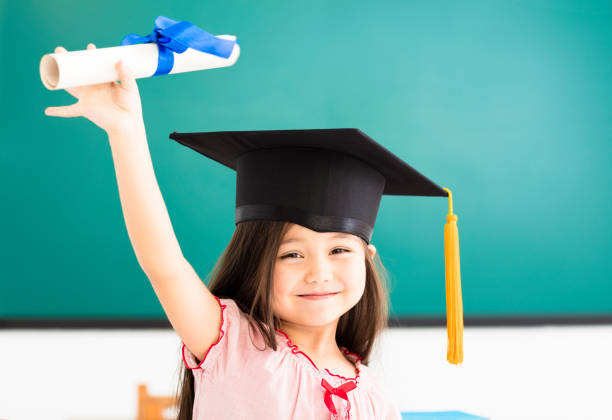
Source: media-istockphoto
Additionally, blended learning can help reduce student stress by providing a more adaptive approach to complex concepts. Ultimately, blended learning paves the way for personalized instruction in education, equipping students with the knowledge they need to succeed in today’s ever-changing world.
The new challenges that teachers have to cope with:
While blended learning opens the door to numerous possibilities, there are new challenges that teachers must address to take full advantage of the technology.
For example, educators need to be knowledgeable about digital tools and online learning and how they can be used as an effective teaching aid. Additionally, teachers must be able to identify what type of blended learning techniques or tools would best suit their classroom’s needs.

Source: study-eu-s3-amazonaws
A shift in teaching and learning process
Furthermore, blended learning requires a major shift in teaching strategies and pedagogy, which demands high student engagement. Teachers must develop lesson plans that leverage blended learning approaches such as online content and resources, flipped classrooms, and project-based instruction to facilitate this process.
Teachers are also challenged to find ways to differentiate instruction for students with different learning styles and abilities.
Digital technology
This can be done by utilizing technological resources such as adaptive testing platforms, personalized feedback systems and virtual simulations. Other challenges include staying up-to-date on the latest blended learning trends so that lessons remain engaging and relevant for students.
Finally, blended learning requires instructors to have strong communication skills so they can effectively manage online discussions, provide meaningful guidance in an asynchronous setting and encourage collaboration between students.
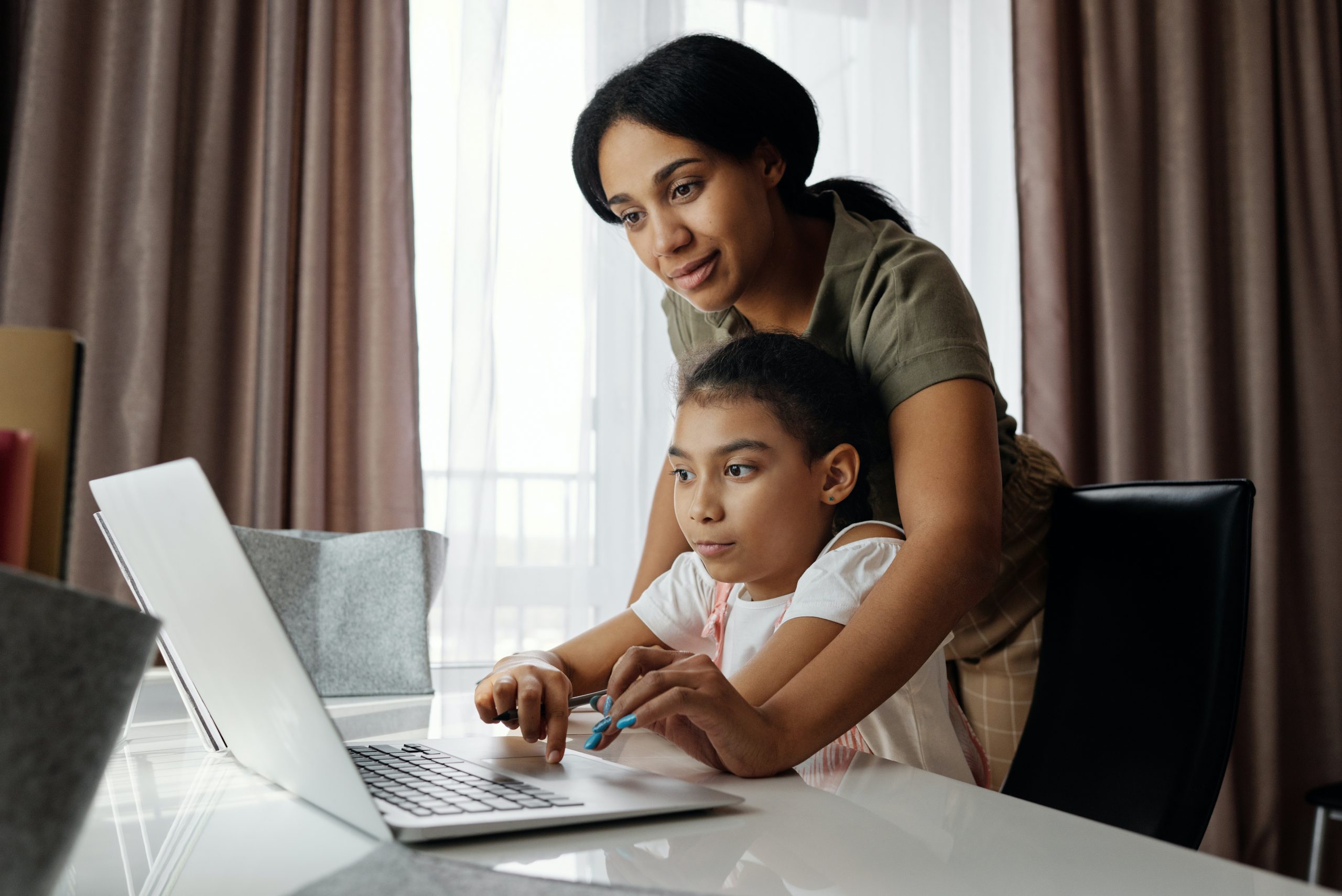
Source: macmillaneducation-in
Conclusion
As the world evolves, blended learning has become invaluable in helping educators develop personalised instruction plans tailored to each student’s needs. By combining traditional face-to-face teaching methods with digital tools and resources, blended learning is helping to foster an engaging and successful learning environment in which all students can excel.
The challenges posed by blended learning are various, but they can be overcome with the right teachers, tools and strategies. Ultimately, blended learning has transformed education, offering numerous benefits for students and educators.
